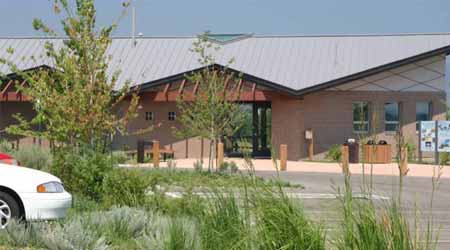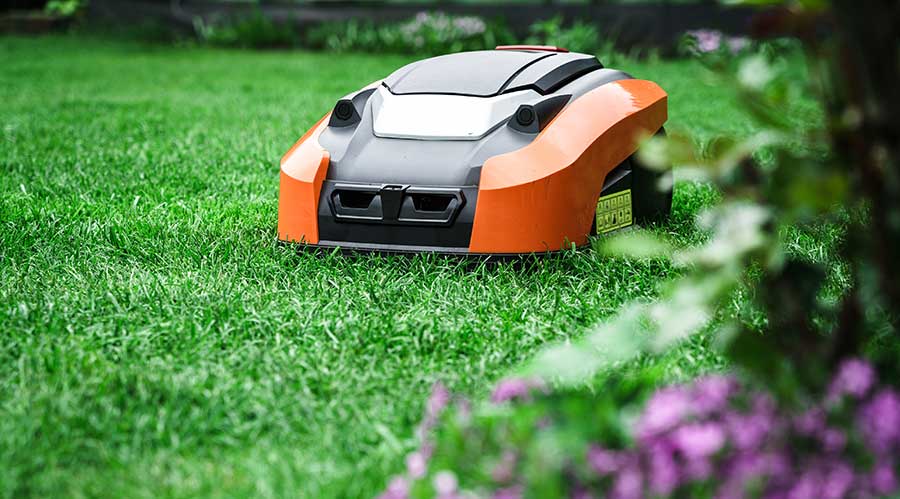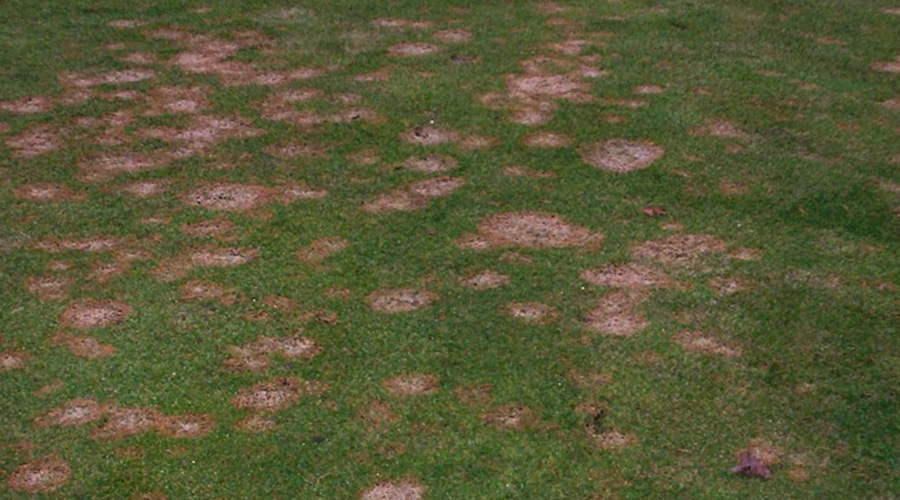3. Keep Eye on Insects Through Pest Management Control
Part 3 of a five-part article on sustainable landscapes
Insects are critical components of the planet’s food chain. Chemicals that kill bugs and pests also kill other living things, so managers need to eliminate or substantially reduce the use of toxic chemicals and materials.
Almost one-quarter of pesticides used today are neonicotinoids, which were introduced to the market in the 1990s. Research has indicated they are toxic to bees. In 2013, several European countries restricted their use, and in December 2015, Montreal banned their use. The EPA is conducting further studies on the effect of neonicotinoids this year.
One alternative is using integrated pest management (IPM), which is the long-term prevention of pests and the damage they inflict through a combination of biological control, habitat manipulation, modified cultural practices, and the use of resistant varieties. IPM limits the use of chemicals to those that are least toxic and are necessary to avoid crop failure and plant death.
Related Topics:
















